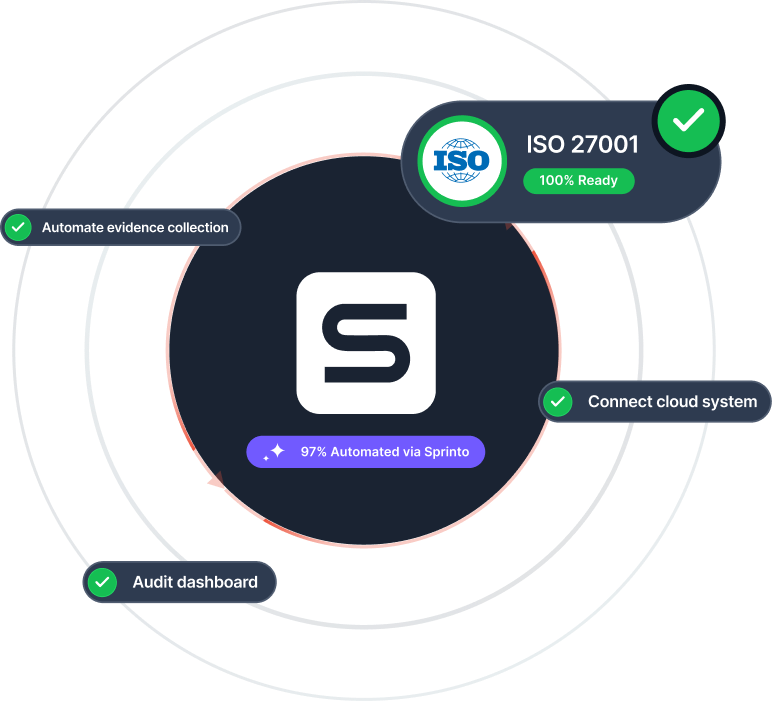Conducting a gap analysis
The gap analysis is the first step toward audit readiness for ISO 27001. It involves assessing your organization’s current information security practices against the standard’s requirements to identify areas that need improvement.
The ISO 27001 gap analysis must provide a clear roadmap for aligning your ISMS with ISO 27001 standards. Here are a few steps for conducting the analysis:
1. Review existing security measures: Evaluate all security controls related to your ISMS, including its policies, procedures, workflows, etc.
2. Identify gaps: Compare existing practices with ISO 27001 requirements to pinpoint areas lacking compliance.
3. Prioritize closing gaps and related actions: Determine which gaps pose the highest risk and should be addressed first.
4. Develop an action plan: Create a structured plan to implement necessary changes, assign responsibilities to stakeholders, and set timelines.
The ISO 27001 gap analysis must provide a clear roadmap for aligning your ISMS with ISO 27001 standards. Here are a few steps for conducting the analysis:
1. Review existing security measures: Evaluate all security controls related to your ISMS, including its policies, procedures, workflows, etc.
2. Identify gaps: Compare existing practices with ISO 27001 requirements to pinpoint areas lacking compliance.
3. Prioritize closing gaps and related actions: Determine which gaps pose the highest risk and should be addressed first.
4. Develop an action plan: Create a structured plan to implement necessary changes, assign responsibilities to stakeholders, and set timelines.
What is ISO 27001 Gap Analysis & How to Get Started ?
ISO 27001 Series
Basics
Certification Process
Policies & Management
Risk Management
Resources & Templates
Sprinto: Your ally for all things compliance, risk, governance



